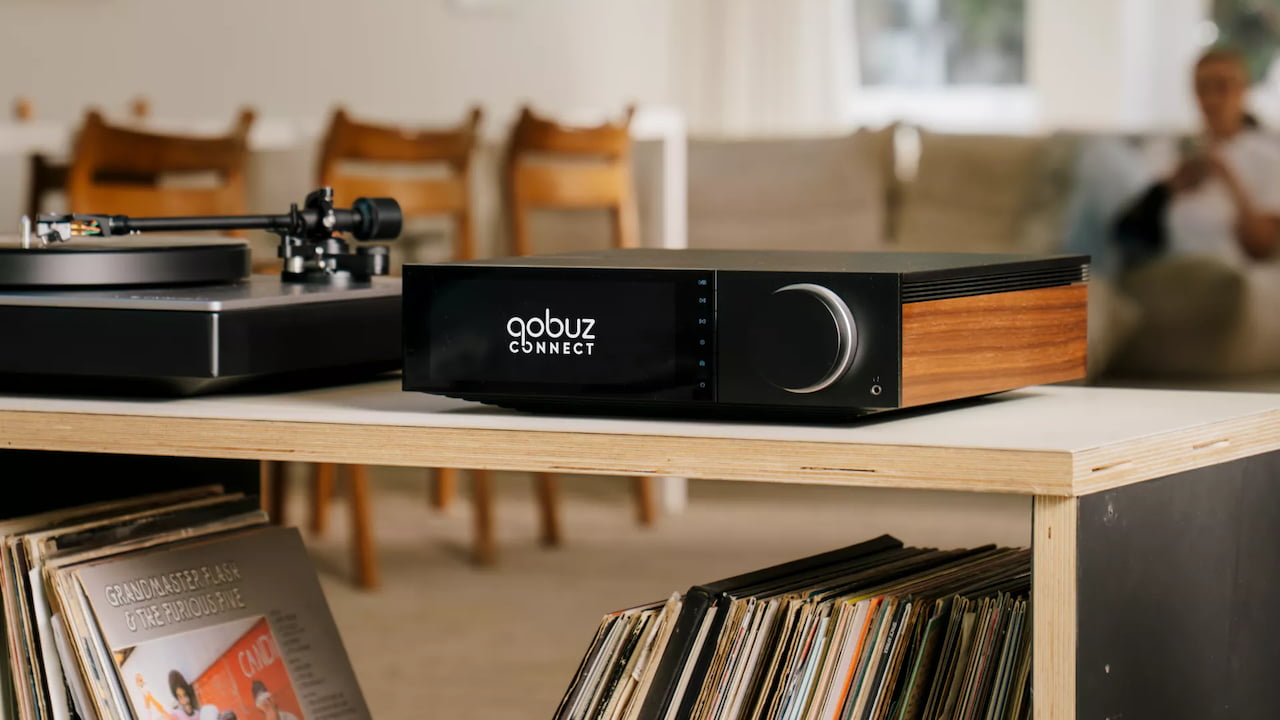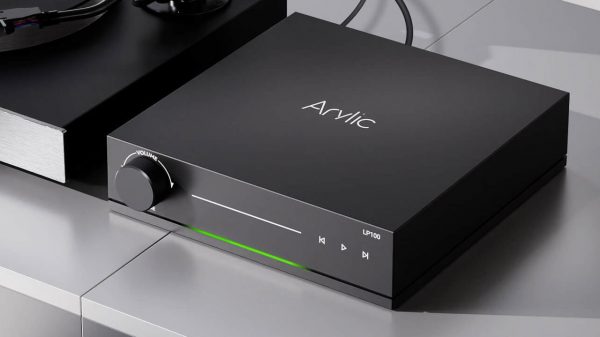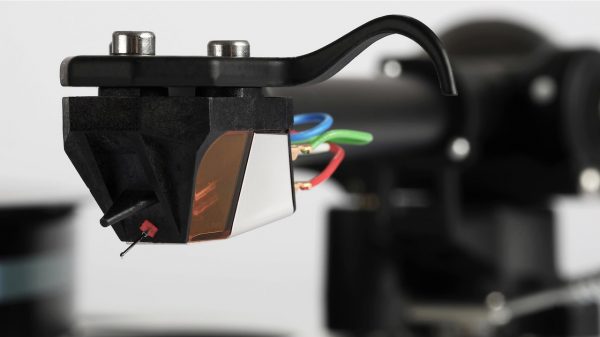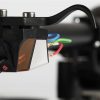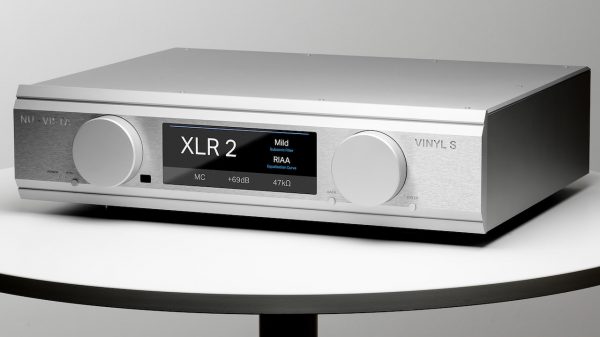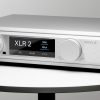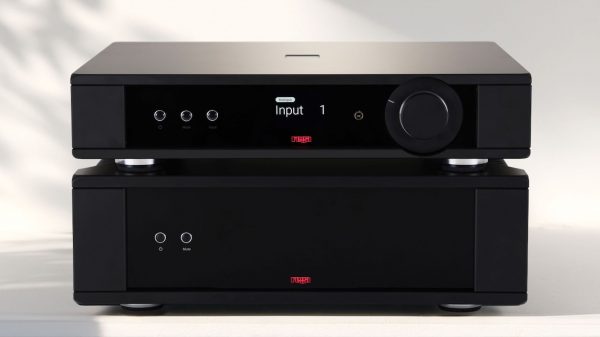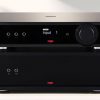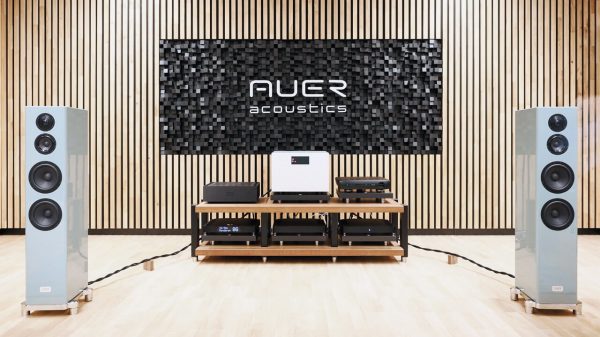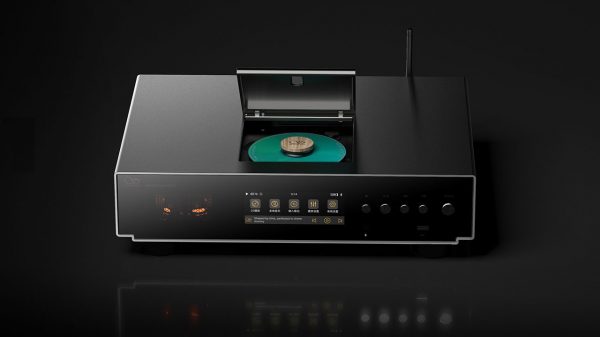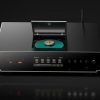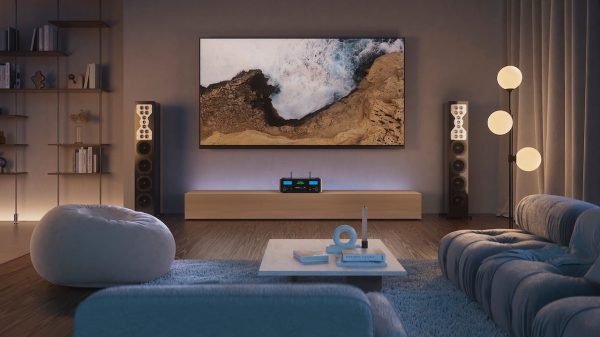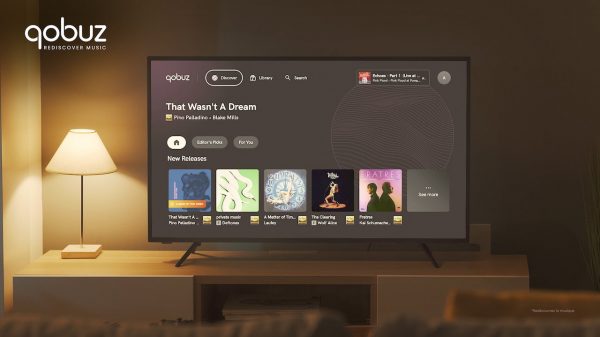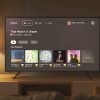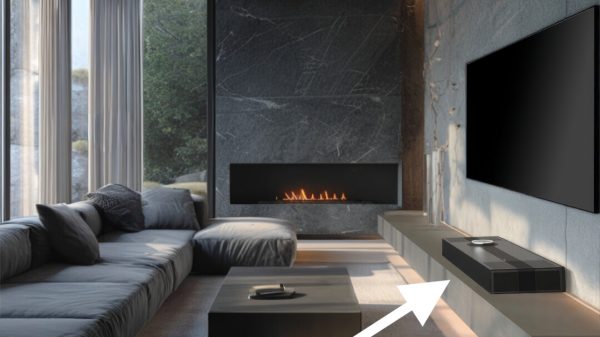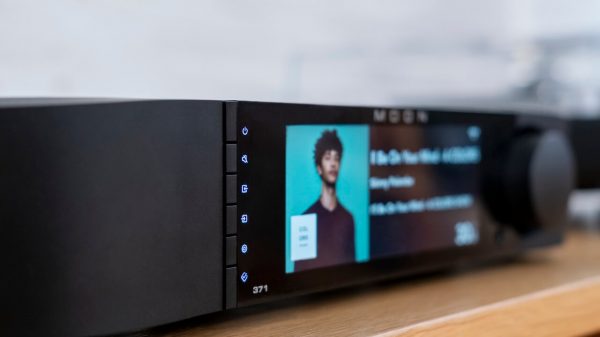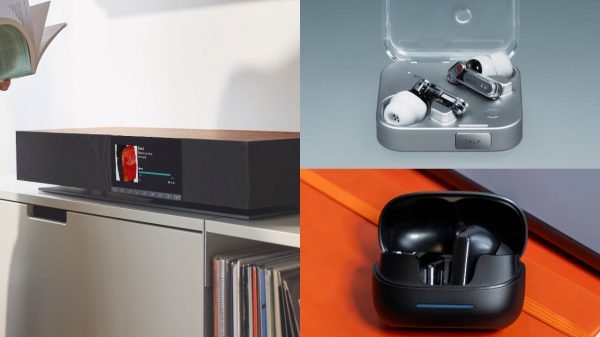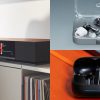Cambridge Audio just made streaming The Life of a Showgirl in glorious hi-res a one-tap affair. The British brand has added Qobuz Connect to all StreamMagic Gen 4 products, joining TIDAL Connect, Spotify Lossless, Amazon Music, and QPlay to round out a streaming ecosystem that finally makes sense — and makes excuses for bad sound officially obsolete.
Whether you’re streaming through an Evo model, CXN100, EXN100, MXN10 or AXN10, Cambridge Audio’s Qobuz Connect integration gives you more ways to listen — and more control. You can still stream via the StreamMagic app, but playback can now be handled directly inside the Qobuz app for a cleaner, more intuitive listening flow.
Qobuz’s catalogue tops 100 million tracks with streaming up to 24-bit/192kHz plus curated playlists, artist interviews and Qobuz Magazine — and Qobuz Connect on StreamMagic Gen 4 devices lets Cambridge Audio owners access that catalogue and editorial content with native app control and best-possible streaming quality.
What is Qobuz Connect and Why It Matters for Cambridge Audio Streamers
It took three years, but Qobuz Connect is finally here. The idea was simple: let Qobuz users control playback directly from the Qobuz app while streaming to compatible hardware. The execution? Not so much. Implementing “Connect” meant serious development on Qobuz’s end, plus coordination with dozens of hardware and software partners to make sure it actually works across hundreds of devices.
The wait ended on May 15, 2025, when Qobuz Connect officially launched. Now, users can link Qobuz’s cloud servers directly to A/V receivers, powered speakers, network streamers, integrated amplifiers, and more, all over high-bandwidth network connections. The payoff is clean: millions of tracks in lossless and high-resolution audio, spanning every genre, without Bluetooth or other lossy technology getting in the way. Finally, Qobuz Connect does exactly what it promised — just three years later than we all expected.
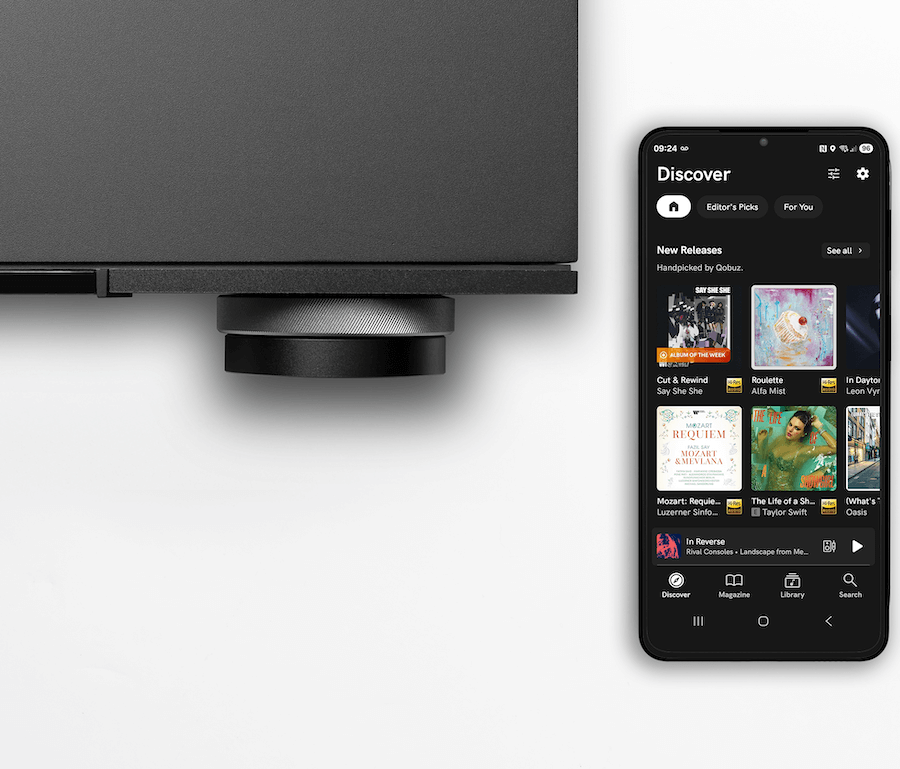
At launch, Qobuz Connect came out swinging with support from more than 50 hardware partners — already outpacing TIDAL Connect, which has taken four and a half years to reach a similar level of adoption since its 2020 debut. Big names like WiiM, Denon, Marantz, McIntosh, Rotel, Focal, and Nagra were on board from day one, and the list keeps growing.
It’s not just limited to standalone streamers and amps, either. HEOS platforms from Denon and Marantz, as well as BluOS systems from NAD, DALI, PSB, Bluesound, Monitor Audio CI, and Cyrus Audio, now support Qobuz Connect as well — giving users a huge range of devices to play their music natively and in full high-res quality.
HEOS, BluOS, and Cambridge Audio: Full Hi-Res Playback
With HEOS and BluOS compatibility, plus support for Cambridge Audio StreamMagic Gen 4 products, Qobuz suddenly opens the door to millions of potential new users. Existing Denon, Marantz, NAD, DALI, PSB, Bluesound, Monitor Audio CI, Cyrus, and Cambridge Audio owners can now stream Qobuz in full hi-res audio without adding any extra hardware — it just works.
Once you activate Connect in the Qobuz app on Windows, Mac, Android, or iOS, your music streams directly from the Qobuz cloud to the chosen playback device over your home network. No middlemen, no Bluetooth artifacts, no phone notifications getting in the way. The app becomes a simple control hub, letting you search, filter, share, and play songs, playlists, or albums while keeping the audio pristine all the way to your speakers or networked amps.
The Bottom Line
For Cambridge Audio StreamMagic Gen 4 owners, Qobuz Connect finally delivers seamless, high-resolution streaming directly from the Qobuz cloud. With full control via the Qobuz app, lossless and 24-bit/192kHz playback, and no need for extra hardware, it completes Cambridge’s streaming ecosystem, giving listeners maximum flexibility and the best possible sound quality.
Related Reading:
- Cambridge Audio Streamers Get Amazon Music, 7-Band EQ — And Finally Catch Up With Qobuz Connect On The Way
- Podcast: Qobuz Connect With David Solomon
- Cambridge Audio Joins Spotify Lossless Push, JLab Expands With JBuds Open & Epic Pods, And Nothing Launches Ear (3): Editor’s Round-Up
- Cambridge Audio Evo 150 SE: A Class D Streaming Amp For Those With Deeper Pockets

